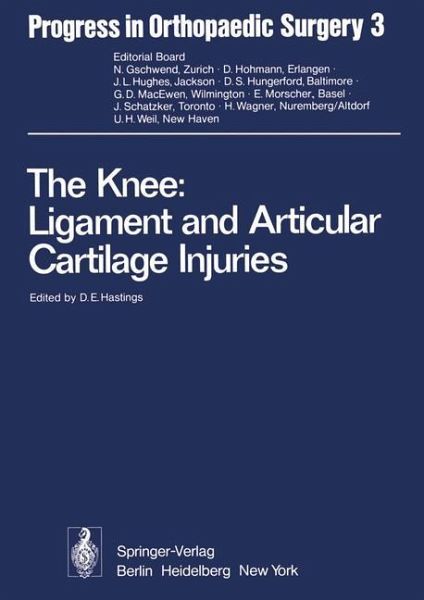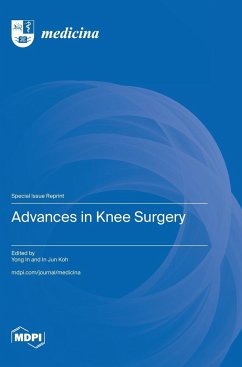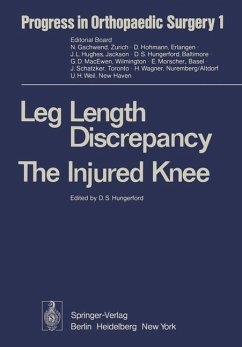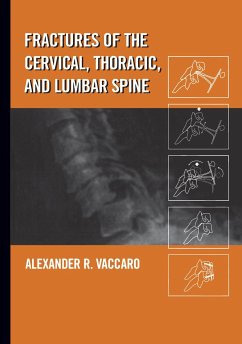
The Knee: Ligament and Articular Cartilage Injuries
Selected Papers of the Third and Fourth Reisensburg Workshop held February 27 - March 1, and September 25-27, 1975
Herausgegeben von Hastings, D. E.
Versandkostenfrei!
Versandfertig in 1-2 Wochen
77,99 €
inkl. MwSt.

PAYBACK Punkte
39 °P sammeln!
The editorial group has selected these papers for publication in Progress in Orthopaedic Surgery from contributions to the "Reisensburg Workshop of Clinical Trauma Surgery" dealing with the lesions of knee ligaments and cartilage in 1975. They represent a survey of today's knowledge of pathophy siology, diagnostic means, and therapy of these lesions in the German-speaking countries. There are two "Reisensburg Workshops" annually, covering current topics of traumatology sponsored by the Ulm trauma group. Primary attention is focused not upon review lectures but rather upon the extensive discuss...
The editorial group has selected these papers for publication in Progress in Orthopaedic Surgery from contributions to the "Reisensburg Workshop of Clinical Trauma Surgery" dealing with the lesions of knee ligaments and cartilage in 1975. They represent a survey of today's knowledge of pathophy siology, diagnostic means, and therapy of these lesions in the German-speaking countries. There are two "Reisensburg Workshops" annually, covering current topics of traumatology sponsored by the Ulm trauma group. Primary attention is focused not upon review lectures but rather upon the extensive discussions thus resulting in recommendations to the practising trauma surgeon in order to facilitate his clinical work. Ulm, November 1977 C. Burri, A. Ruter Introduction This volume of Progress in Orthopaedic Surgery presents a selection of papers dealing with injuries to the ligament support and articular surfaces of the knee. The menisci are not discussed as separate entities, but rather in their correct perspective as part of the knee jointsupport mechanism. As the editor for this volume, I have tried to select the most representative articles which cover this subject. These are publications from our European colleagues and reflect their opinion and experience. I have tried not to change their content or meaning in any way. This volume has been divided into six basic segments. Each deserves comment.














